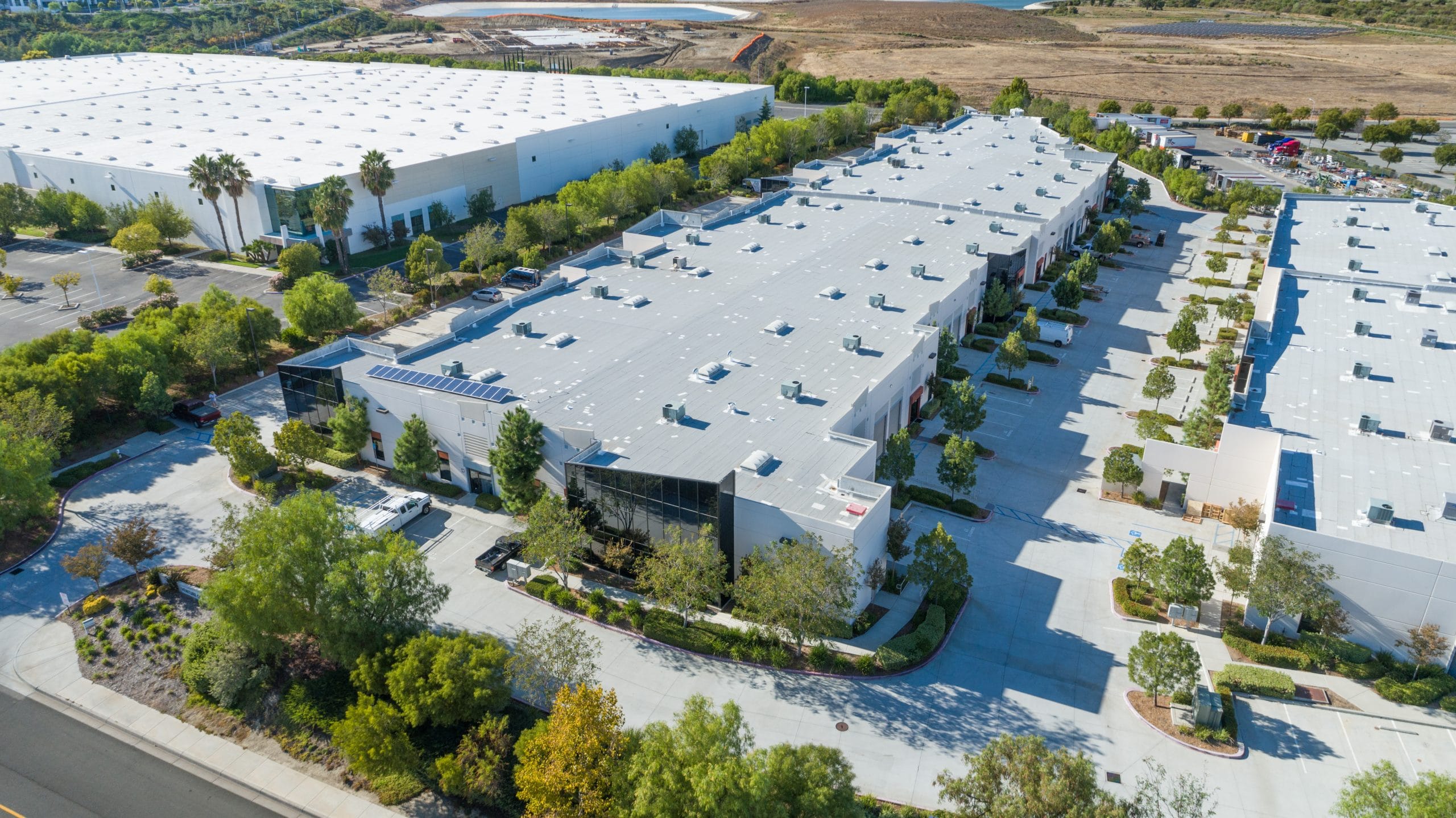


Creative Agencies Becoming Product Innovators

Creative agencies have long been associated with brand identity, advertising, design, and strategic messaging. Their traditional role centered on supporting the growth of other companies by shaping narratives and producing campaigns. A major transformation is occurring today. Creative agencies are evolving from service providers into product innovators that build digital tools, physical goods, educational platforms, and new ventures that operate independently from client work.
This movement reflects a larger shift in the global business environment. The rapid rise of accessible technology, streamlined production tools, and a renewed entrepreneurial mindset within creative teams has encouraged agencies to explore new territory. Many now see product development as a natural extension of their capabilities, especially as client expectations grow more complex and require integrated solutions that blend creativity with technical execution.
The change is not simply about financial diversification or the pursuit of recurring revenue, although both contribute to the evolution. It is equally about redefining the identity of these organizations. Agencies are moving from reactive work based on client requests to proactive creation of ideas with commercial potential. They are becoming problem solvers who identify unmet needs and develop products that carry their creative signature.
Why Creative Agencies Are Moving Toward Product Creation
The shift toward product development is driven partly by modern client demands. Many businesses want more than strategy and design. They seek functional tools, digital platforms, and original brand assets that support their operations. Once agencies build internal technical or production abilities to meet these needs, it becomes easier for them to create proprietary products outside of client engagements.
Another motivation is stability. Traditional agency work often runs in cycles, which can lead to inconsistent income. Proprietary products offer more predictable revenue through subscriptions, licensing arrangements, or asset ownership. Agencies that once relied heavily on winning new projects can now build long term value through solutions they own entirely.
There is also a creative motivation. Internal teams often have concepts that do not align perfectly with a client request but still possess commercial potential. With product innovation, agencies can bring these ideas to life and explore new ways to use their creative strengths.
The Influence of Technology and Low Friction Tools
Technology has made it far easier for creative agencies to build and launch products. Accessible development platforms like Webflow or Framer support rapid prototyping without requiring large engineering teams. This accessibility reduces the barrier to product creation and encourages experimentation.
Design collaboration tools such as Figma have also simplified project workflows. Teams can move from concept to execution in a much shorter timeframe. When speed increases and development costs decrease, creative agencies gain room to explore ideas that once seemed out of reach.
Manufacturing and distribution have become more approachable as well. Agencies that specialize in consumer brands sometimes launch their own physical goods after recognizing gaps through client work. A design agency focused on packaging may identify a need for sustainable materials and create its own product line. Digital products are even easier to distribute due to ecommerce platforms like Shopify and Etsy, which allow agencies to sell templates, tools, and downloadable assets directly to consumers.
Case Studies of Creative Agencies Leading the Shift
Several creative agencies illustrate the transition into product innovation. One widely known example is Ueno, a digital studio that produced internal projects and polished digital experiences that gained significant attention. These creations demonstrated the potential for agencies to build assets that extend far beyond client work.
Another influential firm is IDEO, which uses human centered design to create products across healthcare, consumer goods, education, and business innovation. While IDEO is unique in its structure, its approach has inspired many agencies to pursue original product ideas based on strategic design thinking.
There are also creative studios in entertainment and experiential design, such as Campfire. Studios like this build proprietary storytelling experiences and technological concepts that can develop into intellectual property with commercial potential. Their work shows how creative innovation can evolve into product ownership and licensing opportunities.
Smaller boutique agencies have also joined the movement by building niche tools for designers, marketers, and ecommerce operators. Many of these products originate from internal processes or client challenges, which gives them practical value and strong market appeal.
The New Revenue Models Emerging From Creative Innovation
As agencies transition into product creators, their revenue structures become more diverse. Subscription based software services are common. Agencies develop tools for brand management, project collaboration, content creation, or analytics. These tools allow clients to engage with the agency long after a project ends and provide recurring revenue for the agency.
Licensing agreements are also popular. Agencies may design systems, templates, assets, or frameworks that can be licensed to businesses. This model scales effectively because it does not require continuous hands on involvement.
Physical product lines offer further potential. Agencies might launch lifestyle brands, sustainable packaging lines, or specialty goods that complement their core creative focus. These products can eventually become independent ventures that grow on their own.
The core shift is ownership. When an agency owns a product, it controls pricing, distribution, and long term direction. This represents a major change from the traditional service model where agencies help others build commercial success.

How Product Innovation Transforms Creative Culture
Developing products changes the mindset inside creative agencies. Team members start thinking more like founders and less like service providers. Ideas become long term assets rather than one time deliverables. This shift encourages broader thinking about user needs, market trends, and commercial potential.
The transformation also influences hiring. Agencies building products attract talent interested in creation and innovation. Product managers, developers, technical strategists, and user experience researchers join teams that previously focused mostly on design and content.
The work rhythm changes as well. Product development requires continuous updates, iterative cycles, and long term planning. Creative agencies accustomed to short project timelines adapt to a more fluid process driven by ongoing improvement. Many find this energizing because it offers opportunities to build something that evolves and grows over time.
Morale often rises when teams see their work reach a wide audience. Creating a successful product provides a sense of accomplishment that is different from completing a client project. It gives creatives a chance to shape something that belongs to the agency rather than producing a deliverable that leaves their hands once submitted.
The Strategic Advantage for Clients
Clients benefit when creative agencies become product innovators. Agencies with experience bringing products to market understand user adoption, testing, and scaling. This knowledge translates into stronger strategic guidance for client projects.
Clients also gain access to tools developed by the agency. Some agencies provide early access to internal products or offer them as part of a project package. These tools can streamline workflows and improve long term brand performance.
Another advantage is insight. Agencies that innovate internally learn to identify market opportunities and respond quickly to consumer needs. This strategic awareness enhances the quality and relevance of client work.
Challenges Creative Agencies Face When Entering Product Development
The transition from service work to product innovation presents certain challenges. One common issue is balancing client deadlines with internal product development. Agencies must manage resources carefully to maintain quality across both areas.
Financial risk is another factor. Product development requires investment, and not every idea will succeed. Agencies must determine how much time and budget to allocate toward experimentation without compromising the stability of the business.
Market understanding also requires attention. Successful product innovation demands user testing, research, and ongoing feedback. Agencies may need to adjust their timelines and internal processes to adapt to this new pace.
Despite these challenges, many creative agencies find that the rewards far outweigh the difficulties. The process expands their capabilities, strengthens their strategic thinking, and opens entirely new paths for growth.
What the Future Looks Like for Creative Agencies as Product Innovators
The rise of creative agencies as product innovators is expected to accelerate in the coming years. Businesses increasingly look for partners who combine strategy, creativity, technology, and product insight. Agencies that can offer this blend will set themselves apart in the competitive landscape.
Remote work, global collaboration, and accessible digital tools will continue to reshape how agencies operate. Teams can build products with distributed talent, reducing overhead and accelerating innovation.
In the future, many creative agencies may develop venture studios, launch startup concepts, or build ecosystems of digital tools. These initiatives will position creative firms as influential contributors to the modern business environment, not just as support organizations.
Final Thoughts
The evolution of creative agencies into product innovators represents a meaningful change in how creativity functions in the business world. Agencies are discovering that their strengths in storytelling, design, and strategic thinking translate directly into valuable commercial products. Their ability to identify user needs and craft effective solutions positions them to create offerings with long term potential. By embracing this shift, creative agencies open doors to new business identities, new revenue streams, and new opportunities that extend far beyond traditional client service work.





